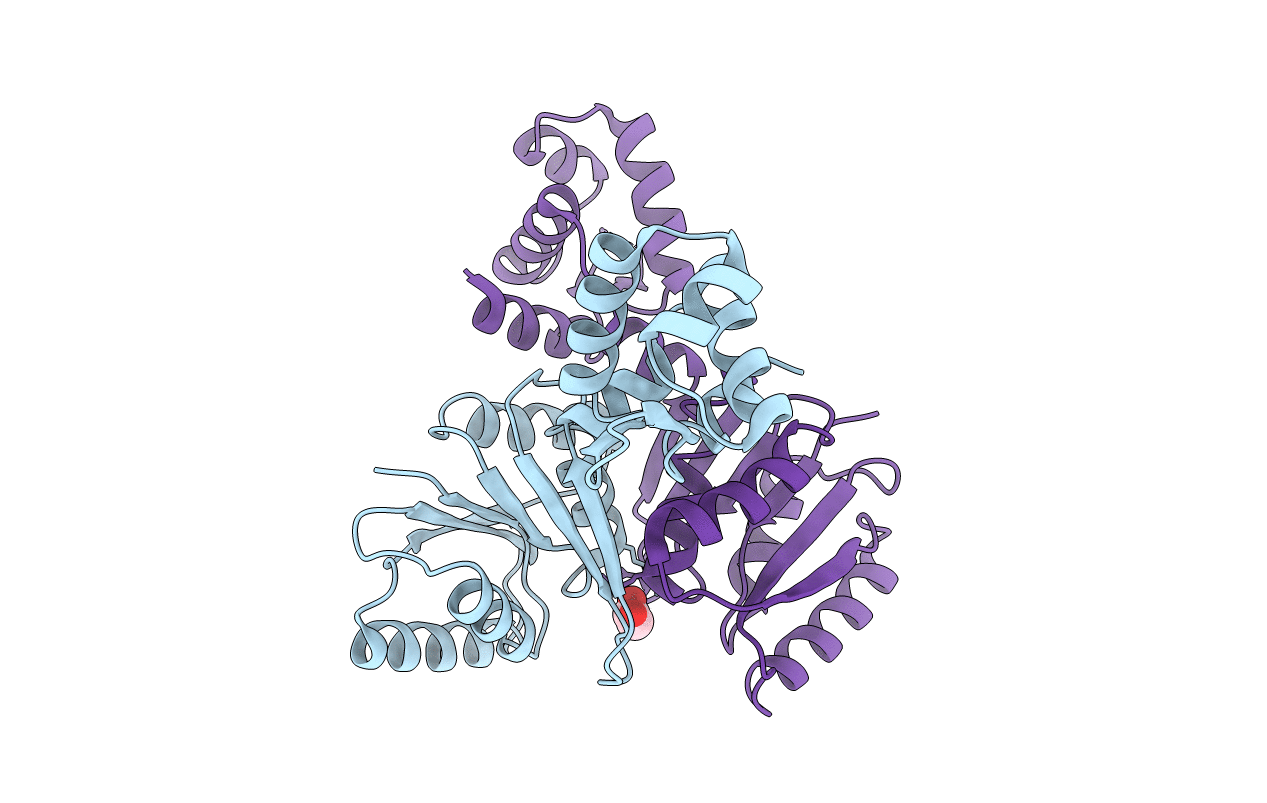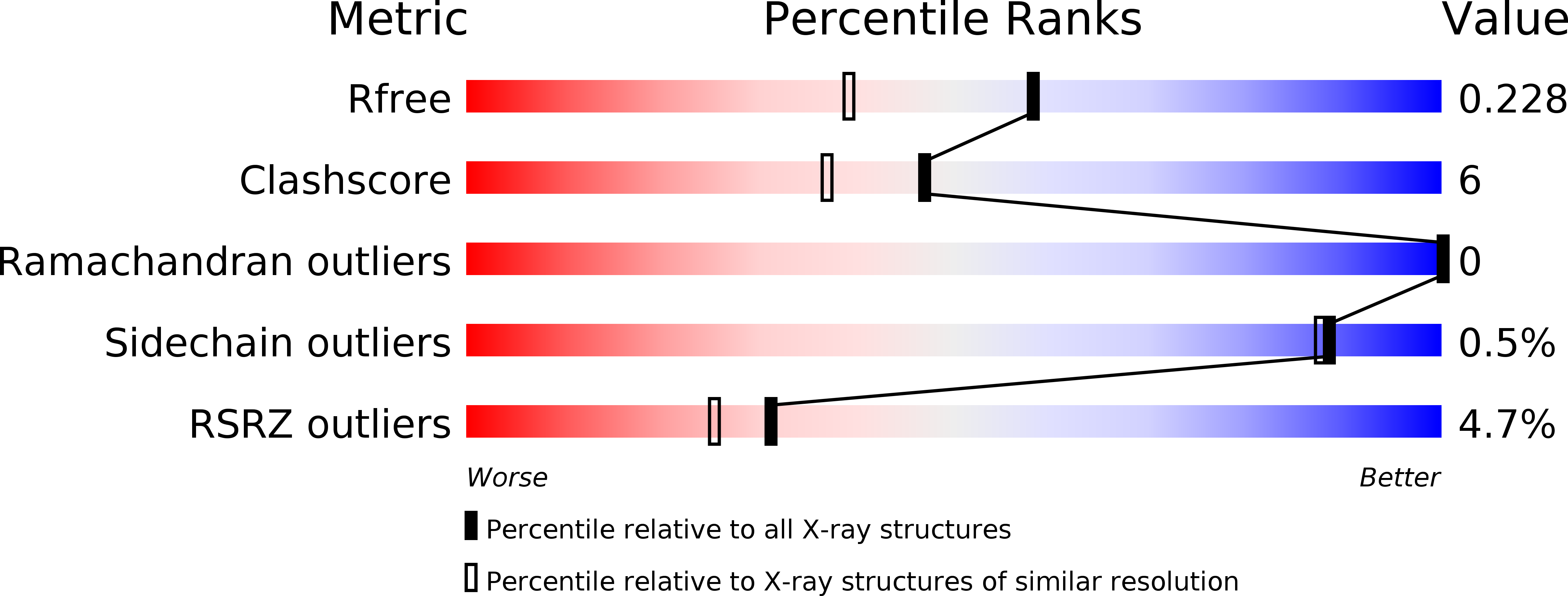
Deposition Date
2009-09-15
Release Date
2010-09-22
Last Version Date
2024-10-16
Entry Detail
PDB ID:
2WTE
Keywords:
Title:
The structure of the CRISPR-associated protein, Csa3, from Sulfolobus solfataricus at 1.8 angstrom resolution.
Biological Source:
Source Organism:
SULFOLOBUS SOLFATARICUS (Taxon ID: 273057)
Host Organism:
Method Details:
Experimental Method:
Resolution:
1.80 Å
R-Value Free:
0.21
R-Value Work:
0.17
R-Value Observed:
0.18
Space Group:
P 21 21 21


